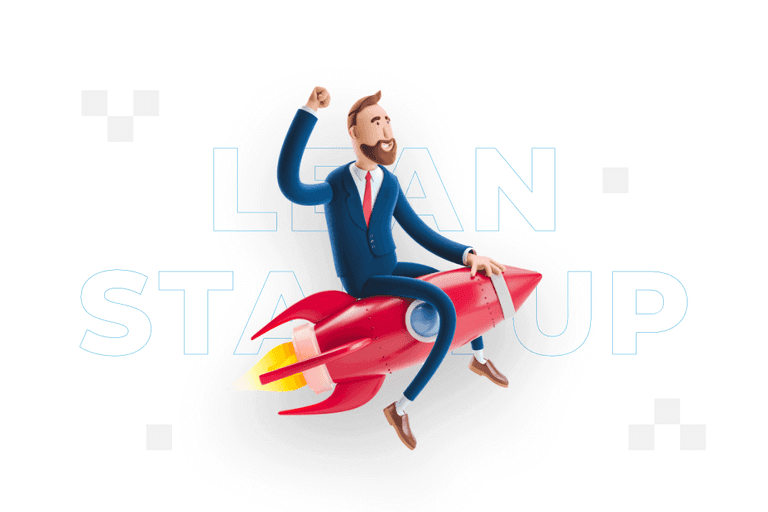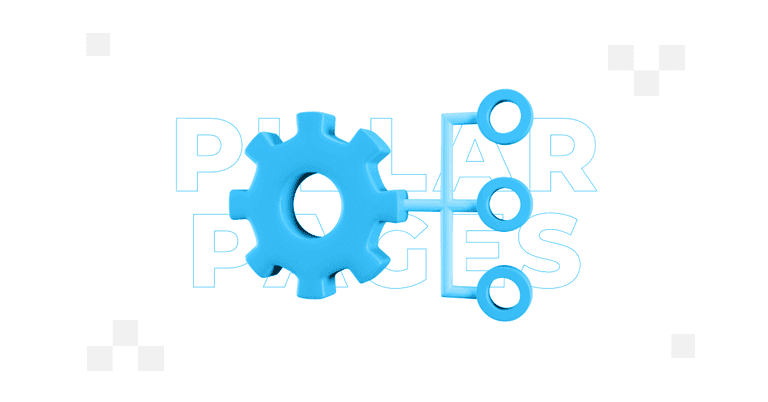
Lean startup – what is it and what is it about?

When launching a new product, you need to take risks and prepare accordingly. What if there is another solution? You have the opportunity to develop a product that is already in demand on the market, thus minimising your investment costs at the outset. All you need to do is learn more about lean start-up.
In this article you will learn, among other things:
- What is lean startup?
- What features does lean startup have?
- How does a lean startup differ from a traditional business?
- What are the three pillars of lean startup?
- What benefits are associated with lean startup?
Lean startup – definition
The concept of lean startup, pioneered by Eric Ries, is based on the idea of developing products that already have a proven demand with consumers. Instead of creating a product and hoping it finds its market, lean startup suggests the opposite process. The key is to understand the needs of the market and create solutions that fit them perfectly.
Lean startup is a method of bringing new products to market and building and managing startups, focusing on identifying customer needs and providing solutions that fit their expectations.
Definition of lean startup
Lean startup makes it possible, among other things, to respond to changing customer needs and to effectively introduce product innovations.
Features of lean startup
The main characteristics of the lean startup method include:
- Customer focus – an important point of this method is the continuous collection of feedback from potential users or customers. This allows for dynamic adaptation of the product during development. Instead of a lengthy planning and production process, lean startup favours flexibility, allowing you to adapt your product to current market needs.
- Minimise waste – one of the key principles is to eliminate waste, i.e. avoid investing resources in products that may not meet market expectations. To do this, you can use innovative tools or techniques, for example MVP – minimum viable product – this is the launch of the most basic version of a product.
- Build-Measure-Learn cycle – central to the lean startup methodology is the so-called Build-Measure-Learn cycle. It consists of quickly creating prototypes, testing them in a real environment and then introducing necessary modifications or improvements based on the collected data. This iterative process allows the product to be continuously improved in line with market expectations.
Lean startup versus traditional business
At first glance, the lean startup method differs from the traditional way of doing business. First and foremost, this can be seen in the way employees are hired – in a lean startup, people without experience are often chosen, but who are eager to gain knowledge and are able to adapt to the business and its needs. Traditional businesses, on the other hand, are more likely to choose to sign up employees who already have certain skills and meet all requirements.
In addition, the lean startup uses a variety of financial reporting metrics, but its main interest is not in profit and loss statements, balance sheets or cash flow statements. Far more valuable are customer acquisition costs and the likelihood of creating a downright viral product.
The three pillars of a lean start-up
In his work, Eric Ries based the lean startup methodology on three main pillars, and these are:
- building,
- measuring,
- learning.
Each of these is equally important and provides multiple benefits to a given endeavour.
Building
The lean startup method is based on creating a minimally viable product that is designed to satisfy customers. Such a product is called an MVP, or minimum viable product. The build process is nothing more than extending the functions of a product. All this is done in order to succeed in the market.
Measuring
It is very important to accurately measure the performance of the MVP, and especially during the period in which it is constantly being developed. Make use of the feedback on your product from your customers. Based on these, go back to the building process, i.e. the further development of your product.
If your MVP is not accepted by consumers at the outset, you will be faced with refining and increasing its functionality. However, when you find that even this has not made the product well received, you can get rid of it with a low investment of resources.
However, let’s go back to measuring for a moment. Soliciting feedback is important at this stage. You can do this in a number of ways, such as sending out surveys to customers and analysing statistics, available through your website. Identify what you are doing well and what needs even more of your involvement.
Learning
If you want to create a product or service that is ready to conquer the market, it will be necessary to learn from the feedback, surveys or customer opinions you receive. This is not easy, but it is essential in the lean startup method.
You can use the feedback you receive to identify which aspects of your product are not working. By learning from the lessons learned, you will be able to develop a product that meets all the needs of your specific target group.
Benefits associated with lean startup
Interestingly, the lean startup method has many benefits for both startups and existing companies that are trying to bring new products to market. Here are some of the benefits offered by the lean startup method:
- Faster time to market for a new product – the process of creating and bringing a product to market is shorter and more efficient. Eliminating lengthy planning in favour of rapid prototype testing allows companies to respond more quickly to changing market needs.
- Minimising financial risk – this method is based on an iterative approach that enables early detection of product errors or shortcomings. This avoids investing large sums of money in a full-fledged product that may not meet market expectations.
- Flexibility and adaptation – by continually testing, measuring and modifying, a company can respond quickly to changes in the business environment or even the competitive market.
- Increased customer engagement – involving customers in the product development process, by gathering feedback and feedback, makes them feel more connected to the product.
- Optimisation of resources – the lean startup method promotes minimal versions of products, so you can focus on key features and avoid wasting resources on non-essential elements.
FAQ
Contact form
Ensure the development of your business
Rate content:
You may be interested in:




